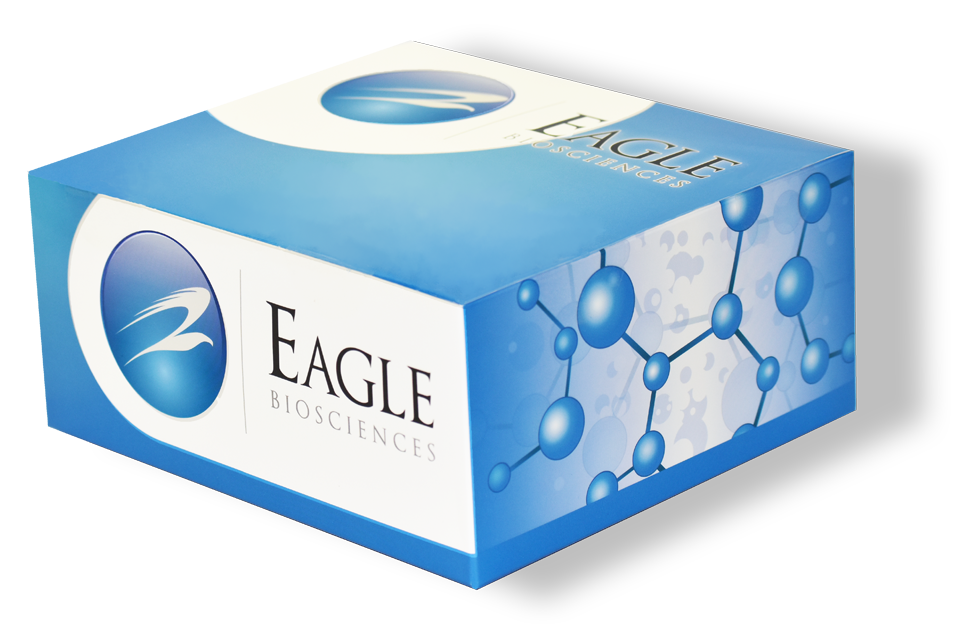FluoBolt-Klotho Fluorescence Immunoassay
The FluoBolt-Klotho Fluorescence Immunoassay is manufactured in Austria by Fianostics GmbH
Method: Metal Enhanced Direct Sandwich Fluorescence Immunoassay
Size: 1×96 wells
Sensitivity: LOD (0 pmol/l + 3 SD): 2, 5 pmol/l; LLOQ: 25 pmol/l
Dynamic Range: 0-400 pmol/l
Incubation Time: Overnight
Sample Type: Serum, plasma
Sample Size: 10 µl
Alternative Names: Alpha Klotho, a klotho
For Research Use Only
This platform is fully compatible to standard laboratory methodology using 96 well microtiter plate format and assays based on this technology can be run on any standard fluorescence microplate reader.
This FluoBolt Klotho Fluorescence Immunoassay is regularly delivered standard with AlexaFluor680 labeled detection-antibody. If you wish to use a different dye, the following options are available:
- FITC labeled (FIA-1704-F)
- Cy3 labeled (FIA-1704-C3)
- Cy5 labeled (FIA-1704-C5)
Conversion factor: 1 ng/ml = 16 pmol/l (MW: 62.1 kDa)
Background
α-KLOTHO is expressed in kidney, small intestine, placenta and prostate. The soluble peptide can be found in serum and cerebrospinal fluid. It may play a role in the calcium/ phosphorus homeostasis regulation by e.g. inhibiting active vitamin D synthesis. Further, it is also known as an antiaging-hormone by extending life span by inhibiting insulin/ IGF1 signalling pathway, as experiments in mice showed. KLOTHO is a co-receptor of fibroblast growth factor 23 (FGF-23). Research has investigated association of altered serum KLOTHO levels with chronic kidney disease and failure, renal and hepatocellular carcinomas, osteoporosis or cardiovascular diseases.
Related Products
MedFrontier FGF23 CLEIA
Human Soluble alpha-Klotho ELISA Assay Kit
Mouse Soluble alpha-Klotho ELISA Assay Kit



